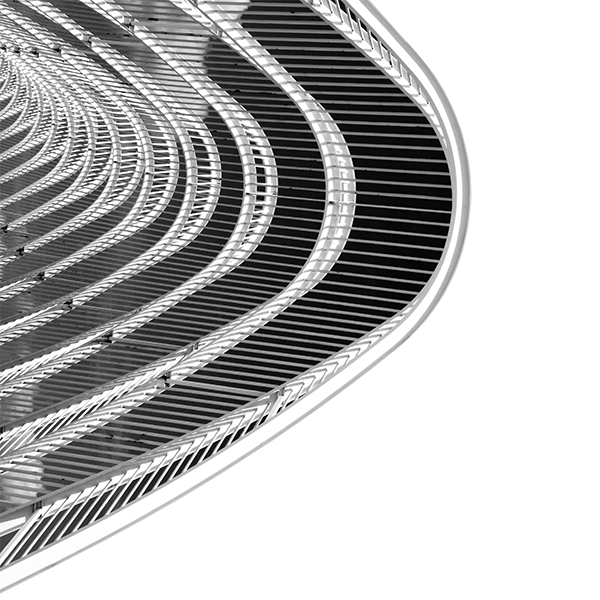EMA’s First Experience with Carbon Fiber Wings
EMA work on the JAS Gripen fighter aircraft project
Background- Gripen was the first of a new generation of fighter aircraft. It was designed with extensive use of carbon fibre composites. The avionics included a digital fly-by-wire system. Old and new weapons and tactical systems should be integrated. Many companies were involved in the multi-national and multicompany project!
EMA supported teh SAAB EMC group to manage the EMC-design and coordinate the EMC work. Risk management has traditionally been in focus at aircraft design and the EMC work got a very high attention and support from the top management and the customer, FMV. The strong position of the EMC-group in the project was essential for the work.
One major challenge for the early aircraft design was the lagging status of several EMC technologies and standards needed for the work. The engineering tools, competences and standards were based on mechanical and analogue technologies of the 1960s’ and 70s’. The computer power was inadequate for detailed EM calculations.
Several severe EMC-related accidents in western countries were related to effects from e.g. HIRF, HERO, and lightning. That indicated a need for better EME protection methods. Nuclear EMP interaction was a secret subject separated from regular EMC work. So was lightning protection that had its own community. An integrated EME system design including all effects was essential for the Gripen project.
A particular problem was the fast electronics evolution. E.g. the successive upgrading of equipment with C-MOS components and re-designed PCBs when compliance tests had been performed with first generation TTL-equipped functions.
The design concept- The design was based on the zoning concept in order to optimise the EMC integration and to control all EM effects. One zone defined CFC shielded compartments and one should provide extra good shielding. The zones were carefully realised and maintained by detailed design reviews and measurements. MIL-STD-461B was the EMC standard of the project. Standards for specifying EM point-of-entry limitations had to be defined. The MIL-STD-464 system standard was not yet published. Requirements as expressed in the customer´s specifications and the equipment standards were based on the known character of the EM environment and the response to it by equipment of the 1970s’. Such specifications were not adequate for the Gripen technology. New parameters were needed. The early MILSTD-1757 lightning test did not include repetitive current pulses. Such stress might impair digital signal sequences and had to be included. The US FAA summoned a meeting concerning the HIRF environment. The Gripen RS specification representing exposure to radar pulses then had to be increased by more than 60 dB in some frequency bands! The improved HIRF specification also provided a basic HPM protection. This proved to be very valuable when the HPM vulnerability was later questioned in public media.
Detailed documents defined the work schedule, project events and equipment interfaces. High competence was needed at design reviews and the inspections of lab testing.
Testing- A general strategy was not to accept any requirements until realistic verification tools were identified. Three EM components, lightning, HIRF and NEMP required extra efforts. The stringent time schedule required an in-house full threat lightning test system and the testing was not allowed to impair the flight worthiness of the test aircraft. The HIRF protection of the first prototype aircraft was demonstrated by illumination with mobile radar systems. This required unrealistic efforts and a Microwave Test Facility had to be acquired for repeated regular testing. The MTF was later frequently used at the Swedish HPM research work. The Nuclear EMP requirements included full system level testing. The Swedish NEMP Test Centre was not realised until too late for the project. The NEMP compliance had to be demonstrated by Skin Current Injection Testing supported by CEM analysis.
The early CEM analyses with primitive methods had poor time and spatial resolution. The NEMP community in USA supported the development of FDEM codes for our Cray-1 e.g. with sub-routines for CFC field penetration. This resulted in much better data.
Conclusions- The very stringent methods used at the EMC design work proved to be successful. The technical integration work of the very complex aircraft system could be made without any severe EMC problems.
The many challenges of the project resulted in a significant improvement of the Swedish EMC engineering competence including many technical and analytical tools.

